In this article, we will walk you through vertical farming, its concept, its pros and cons, and everything you need to know about it.
If you are interested in new farming technologies that are planet-friendly, read on!
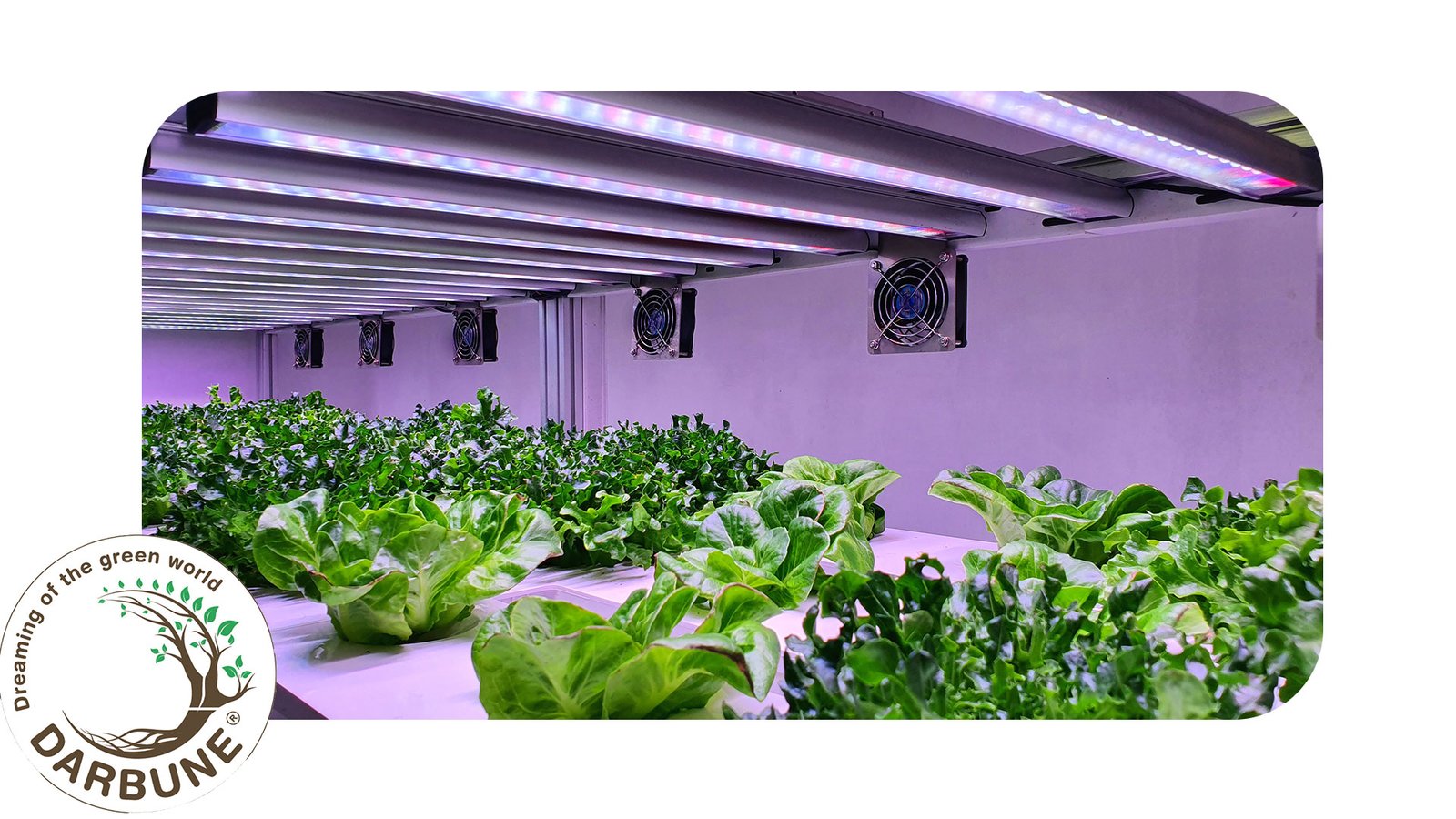
Introduction to Vertical Farming
The future of traditional farming is worrying, and it needs a huge change because of everything happening in today’s world such as Climate Change. We provided an article about that on our website if you want to get informed you can read it.
The World population is growing every day, although it is different in every country but overall the amount of people is increasing making it hard to feed everyone. As more people are born, the need for food increases, putting more pressure on today’s farming system.
Traditional farming methods are also harmful to our environment, relating to greenhouse gasses and speeding up the process of climate change. These methods also make the soil quality poor leading us to lose forests and farmable lands, we lost a third of these lands in the past 40 years due to traditional farming.
So we need new ways to grow food and it is not possible to continue with traditional ways to grow our food, luckily we have some technologies such as Vertical Farming that can solve so many problems for us.
Vertical farming is a way of growing plants in layers. These layers are stacked on top of each other, this method is an indoor method of growing plants. We also provide indoor methods that are fitted for you and your space, check out our indoor services on our website and get in contact with us.
In indoor methods, you can control the environment, because the plants grow in layers using less water than in traditional farming, and fewer harmful chemicals are used. You can grow your plants all year long in all seasons with no need to wait for a specific season.
With Vertical Farming and other new methods in farming, we can provide enough food for everyone while not harming our environment making it a better place for the next generations to live.
Definition of Vertical Farming?
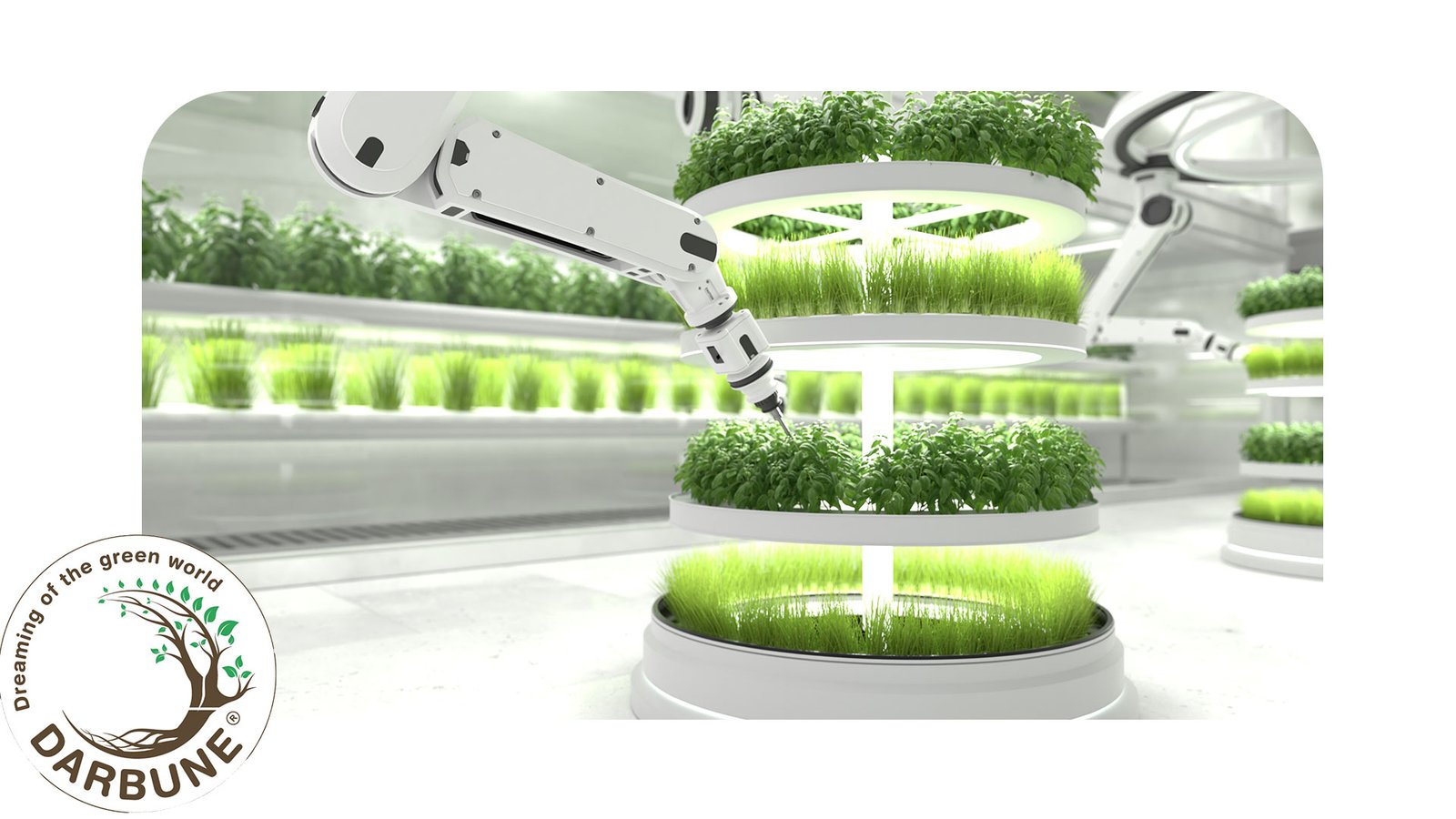
Vertical Farming is growing plants on vertical surfaces instead of flat fields, layers are stacked on top of each other meaning the farmer can grow a lot more food in a small space. This method is really useful in urban areas because of space limitations.
This method can be used in places like warehouses, greenhouses, skyscrapers, and even shipping containers and places that are not usually used for farming, so you can grow food using this method in places that could go to waste.
But there is more to take care of it is not just about stacking layers on top of each other, you have to control the temperature, water, and humidity.
You can grow any plant regardless of the weather outside by adjusting the environment for that specific planet but like traditional farming, plants could go to waste if you don’t take the right care of them.
However, if you do take the right care with Vertical Farming your farming experience can be really efficient and productive.
Overall, Vertical Farming is a way to produce more food in less space using fewer resources like water.
You can grow your food all year long while taking care of our planet.
You can find more new farming technologies on the U.S. Department of Agriculture’s main website.
Vertical Farming and the History behind
The idea of Vertical Farming has been there for years, but it is actually a new method that companies are putting money into today.
The Hanging Gardens of Babylon were built about 2,500 years ago, these gardens were a form of Vertical Gardens because they used traces to grow plants.
Even the Hydroponic Farming, which we provided a separate blog about it on our website is not a new idea and they all have an old history behind them.
So, while technologies like Vertical Farming and Hydroponic farming might seem like a modern invitation their roots go back thousands of years, people have been trying to find ways to grow plants in limited spaces with less harm to earth for a very long time.
Pros of Vertical Farming
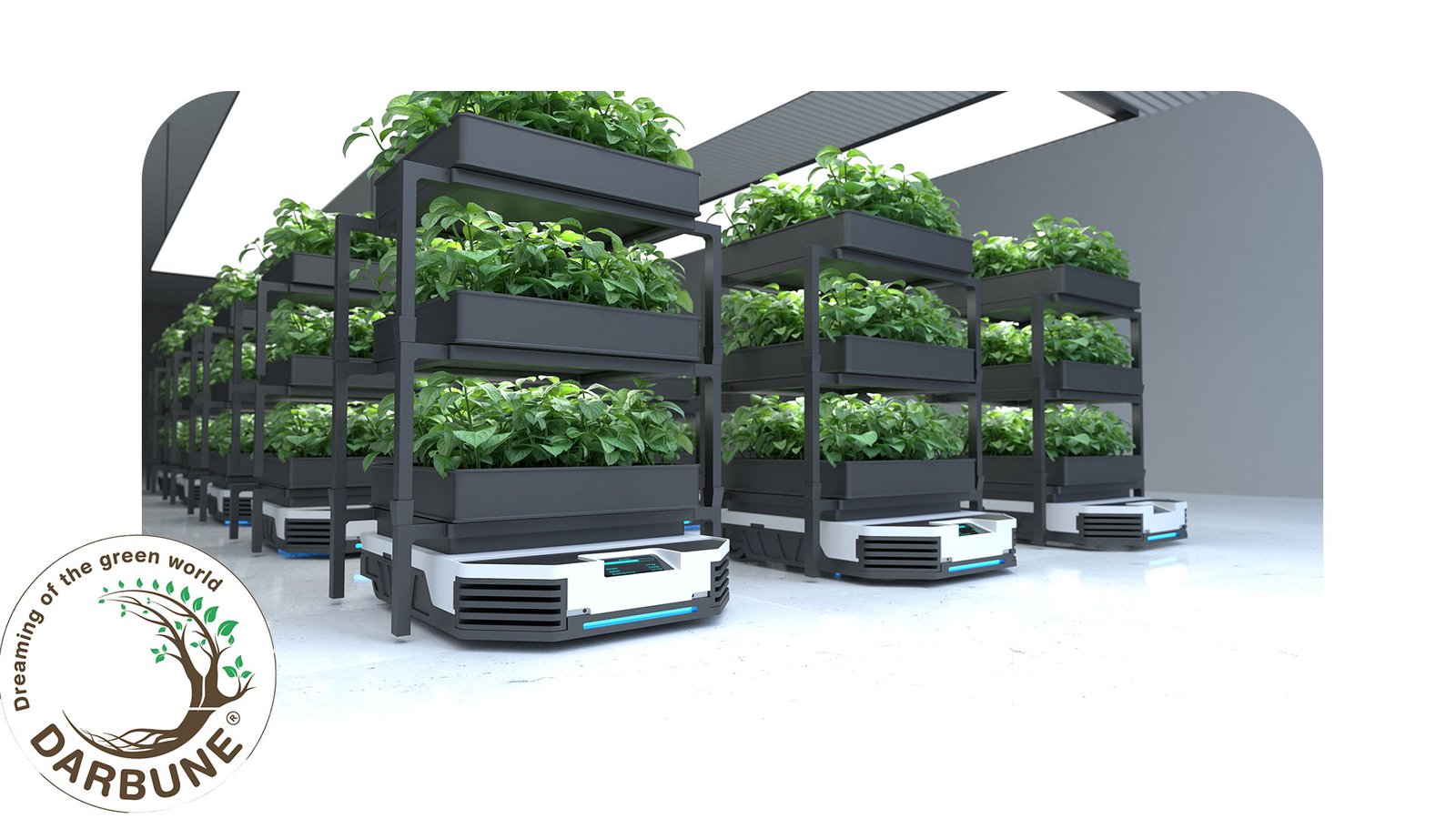
Grow your plants all year long
You can grow your plants all year long, without considering season and weather. Because it is an indoor method you can adjust the perfect environments for your plants to grow if you are trying to grow a special plant like coffee, take a look at our Cafe Farming services.
Lower Water Usage
Vertical Farming uses less water compared to traditional farming, making it the right choice to make, in fact, Vertical Farming can use up to 95% less water than traditional methods depending on the system, so make sure to choose the right system.
Less Need for Pesticides
Since Vertical Farming is an indoor method you can control the growing environment better, this means there is no need to use as many pesticides, because pets and diseases can not easily reach it.
Space Efficiency
Vertical Farming is a great choice for urban areas where the space is limited for farming because the layers stack on top of each other.
Cons of Vertical Farming
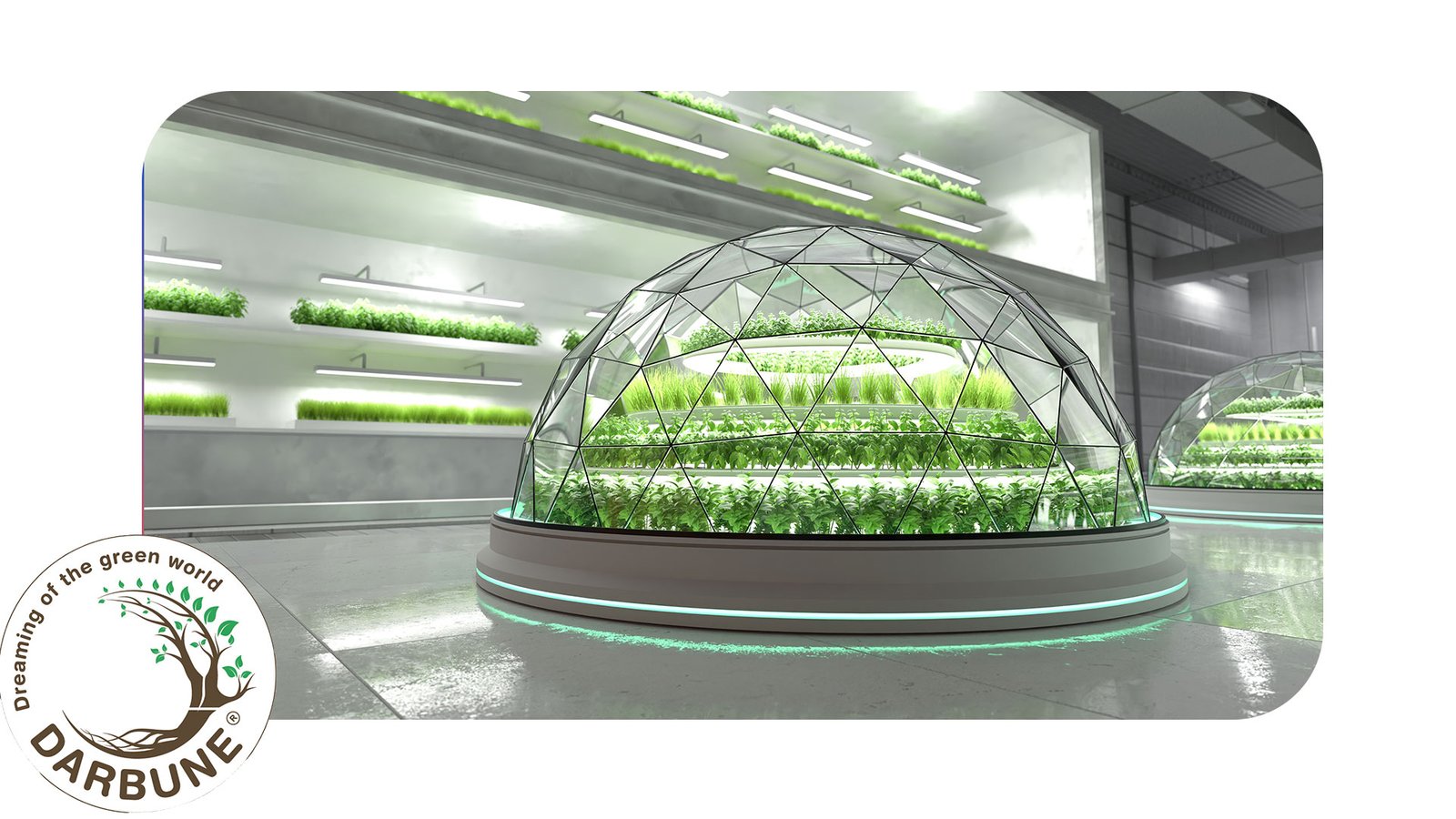
Starting Vertical Farming can be a little bit expensive because duo its need for special equipment for controlling light and humanity which adds to the cost.
Additionally, Vertical Farming can use a lot of energy because of the need for controlled climates and grow lights and also you can only grow special kinds of plants so it is limited compared to traditional farming.
Conclusion
We provided an article about Vertical Farming, explaining its concept, history, and pros and cons.
Vertical Farming presents a solution to the challenges faced by traditional farming allowing a year-long production using less water in limited spaces.
However, it can be an expensive solution based on the pieces of equipment needed for this method, you can decide if Vertical Farming is the right choice for you based on your needs.
If you have any questions about this method, leave us a comment and we will get back to you as soon as possible.

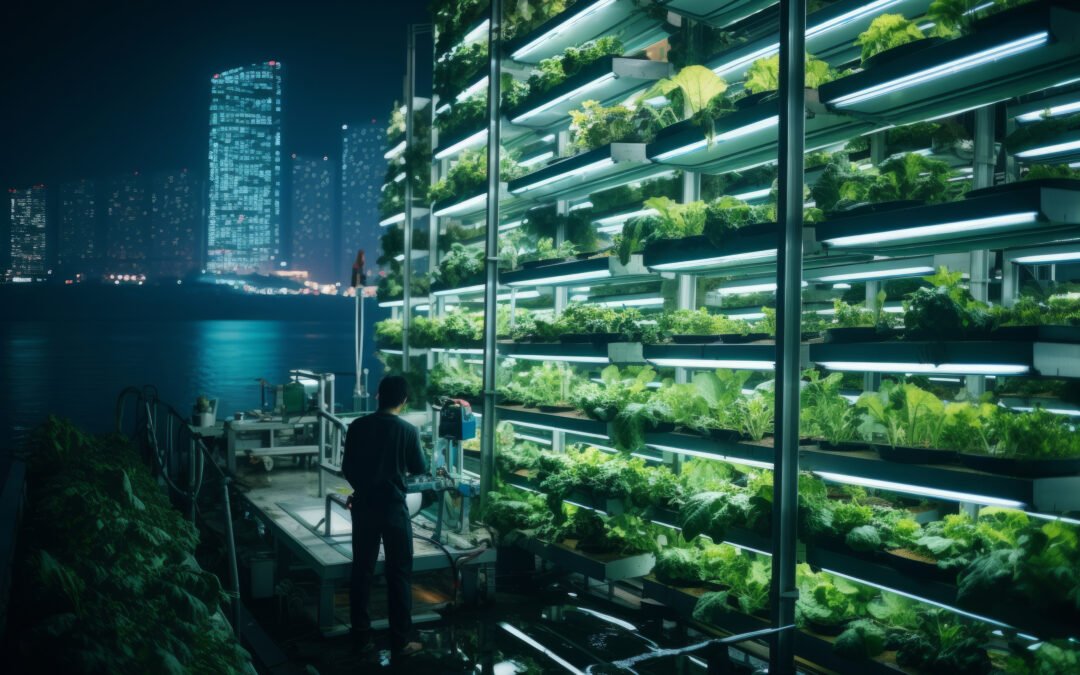
Trackbacks/Pingbacks